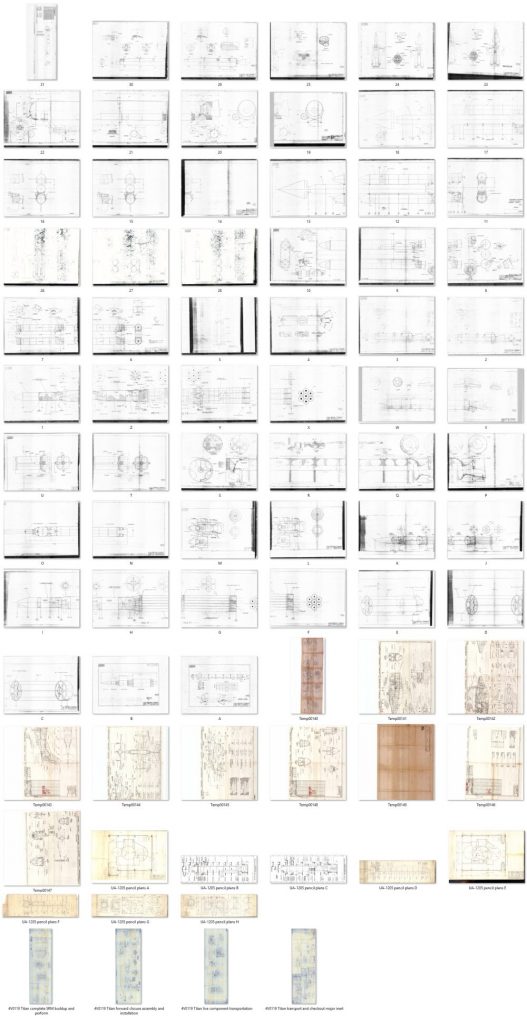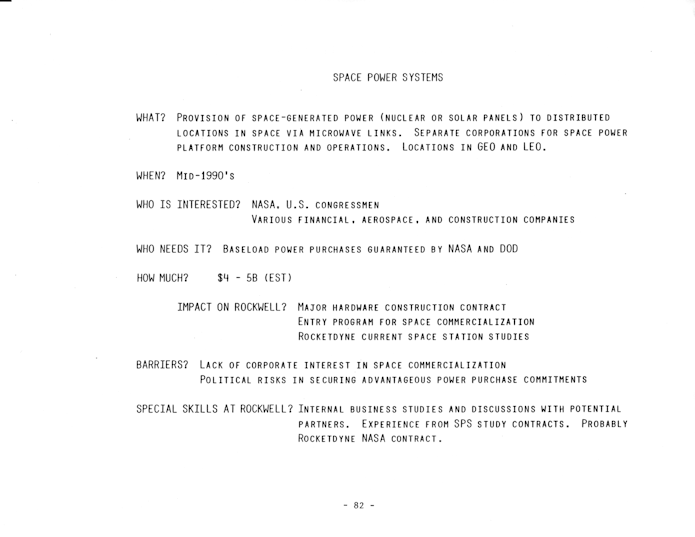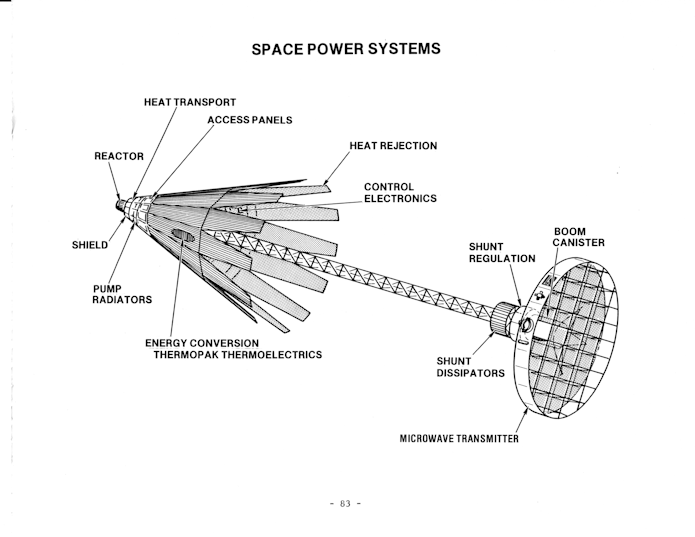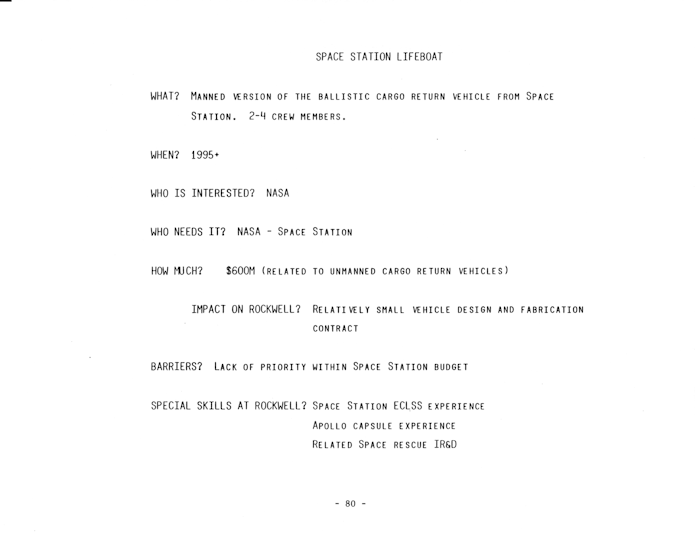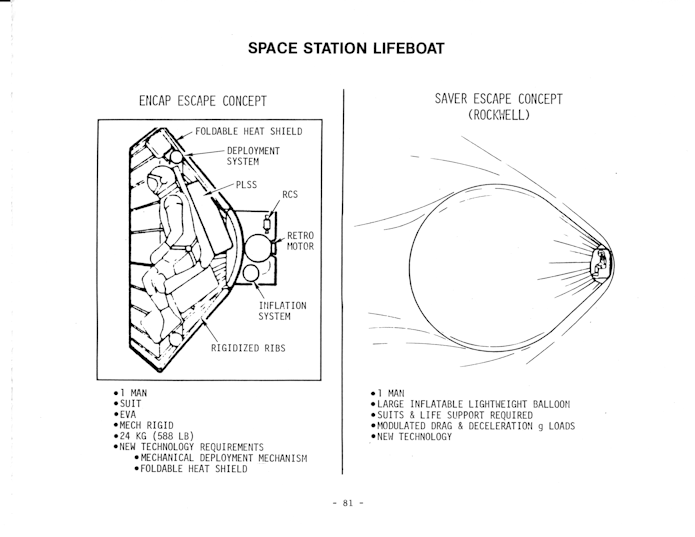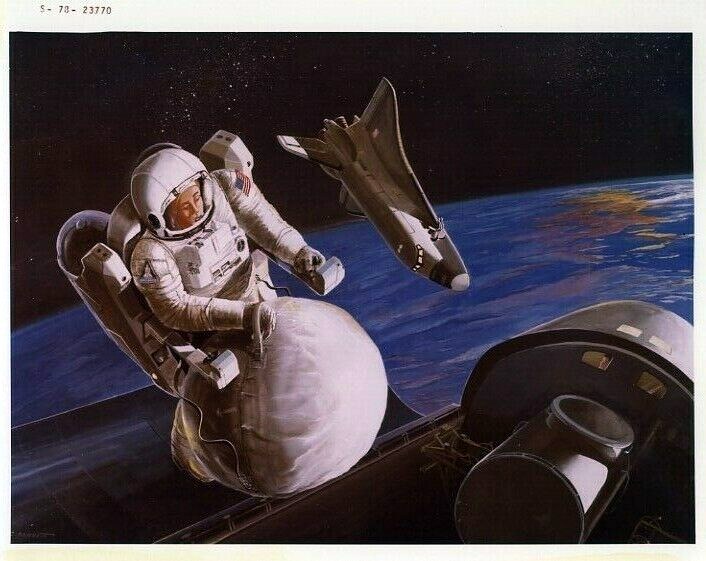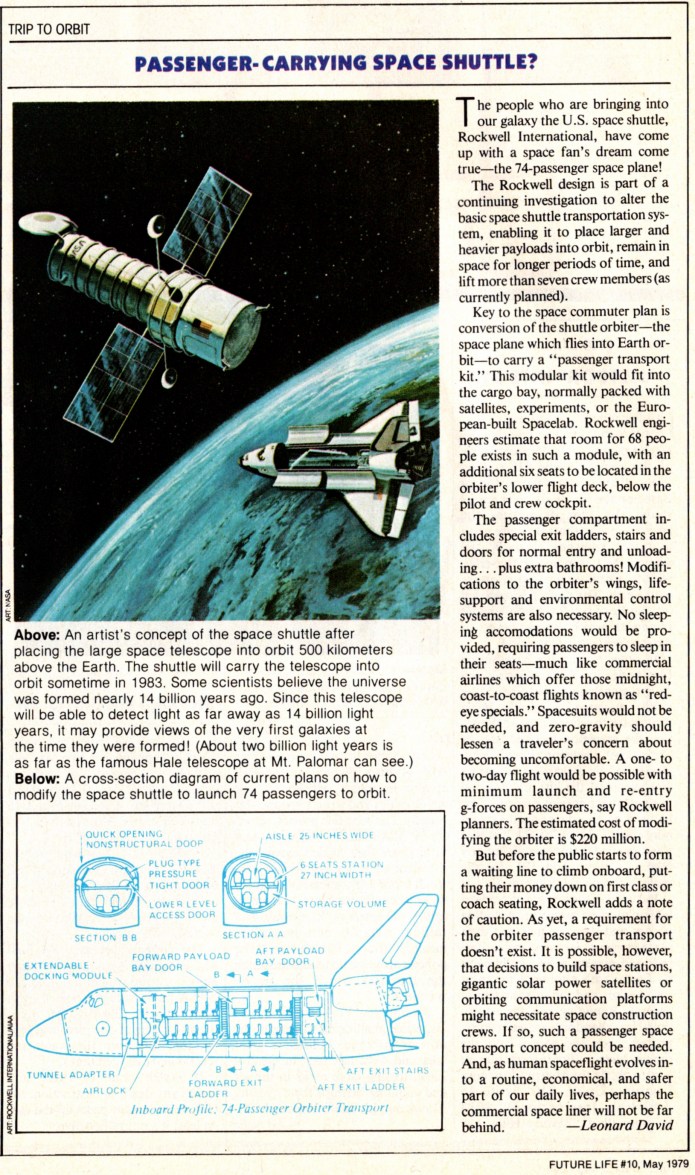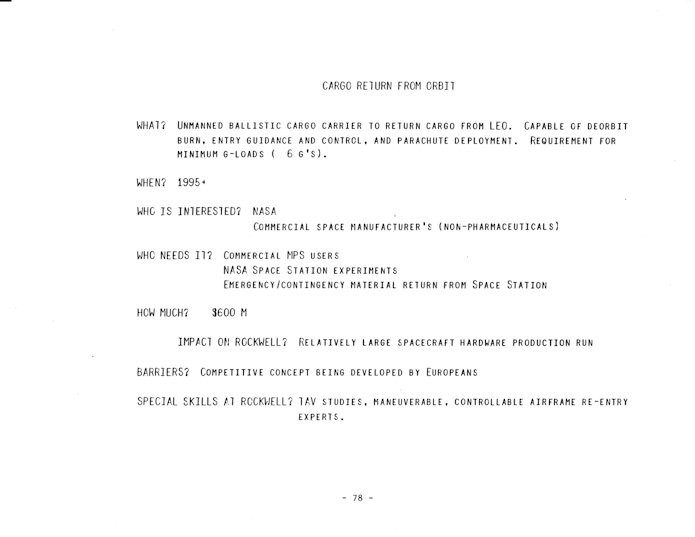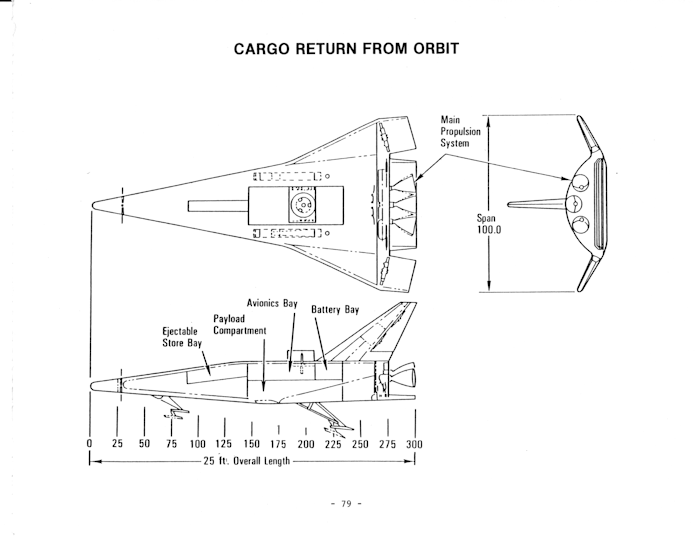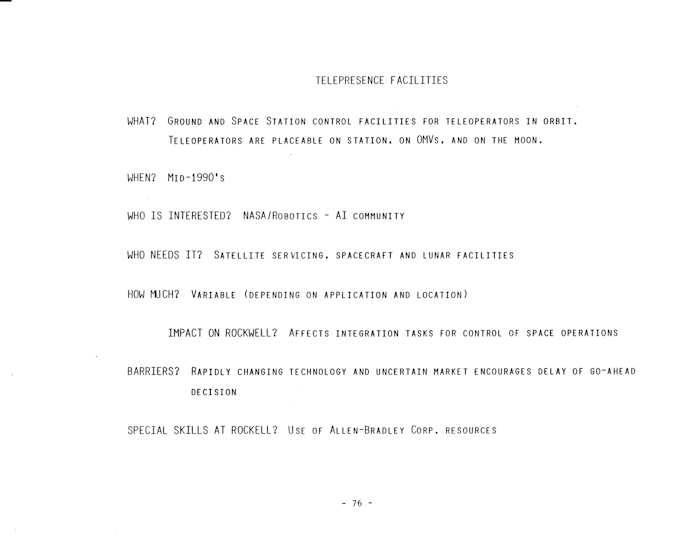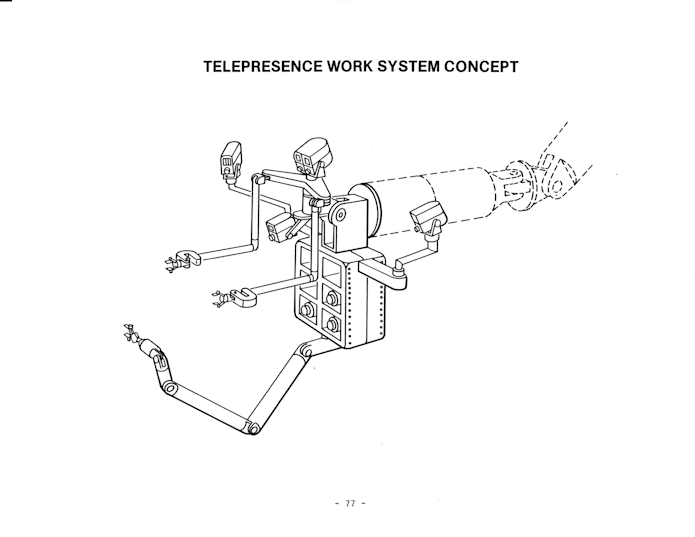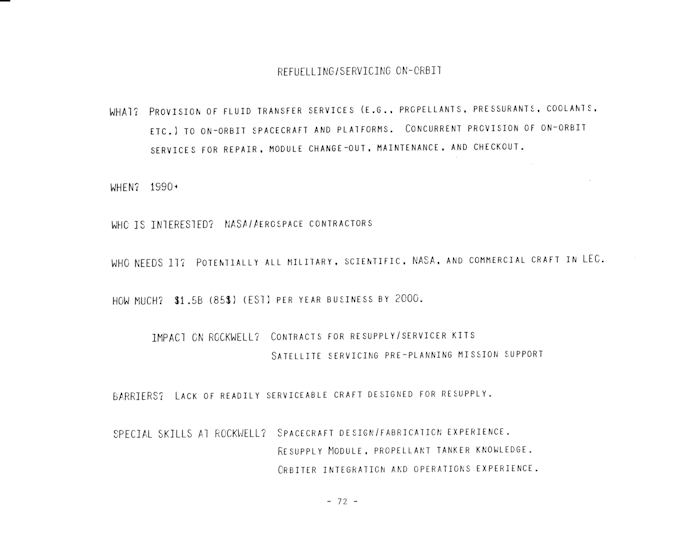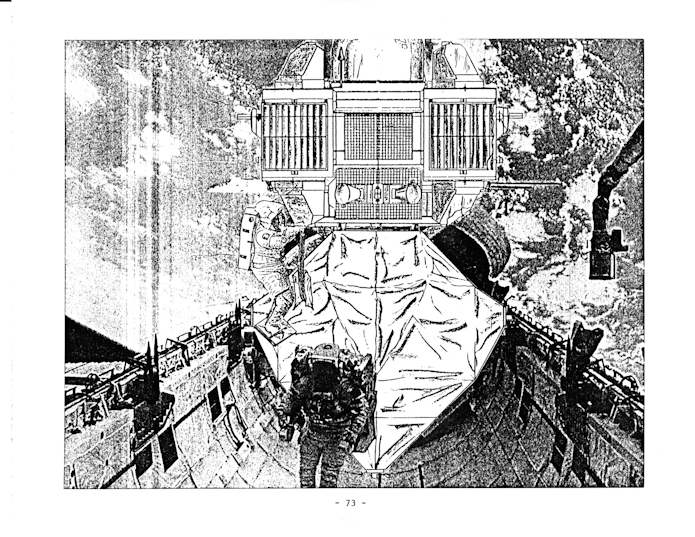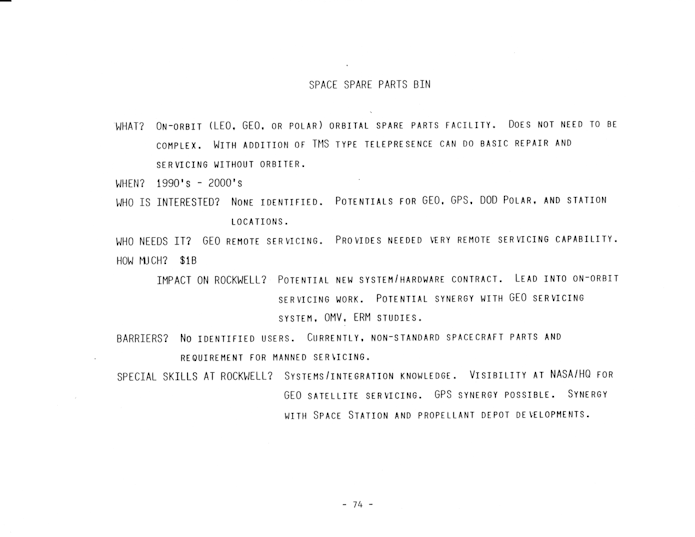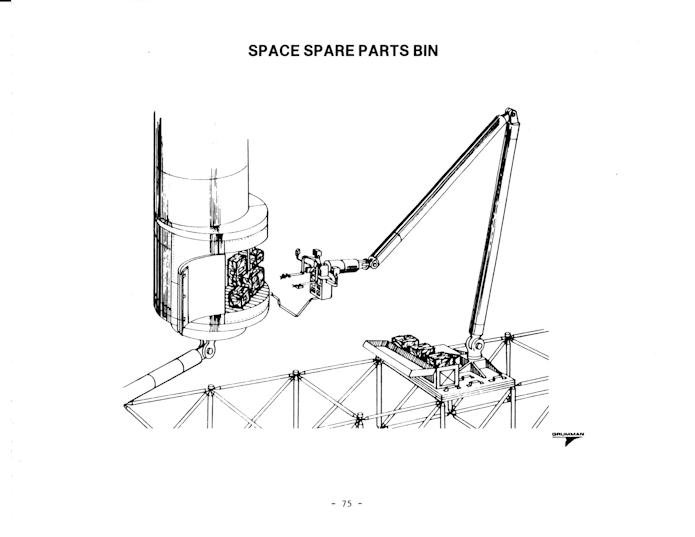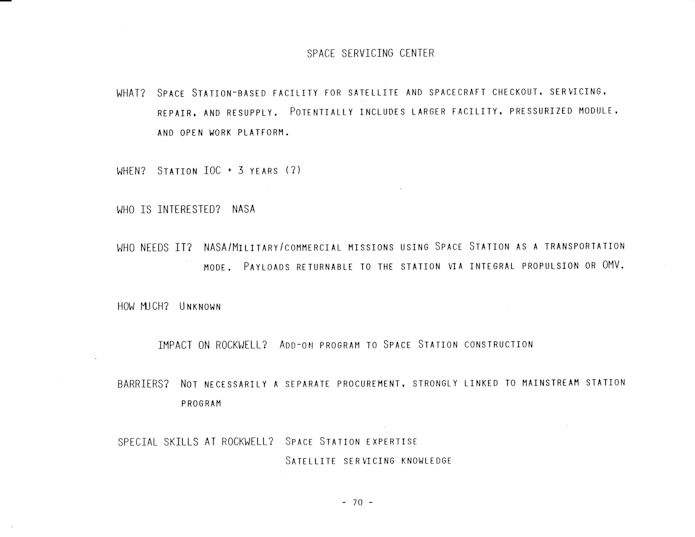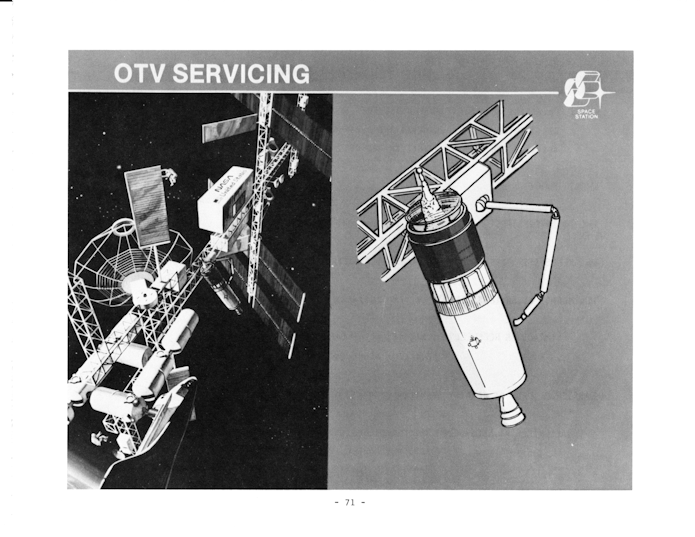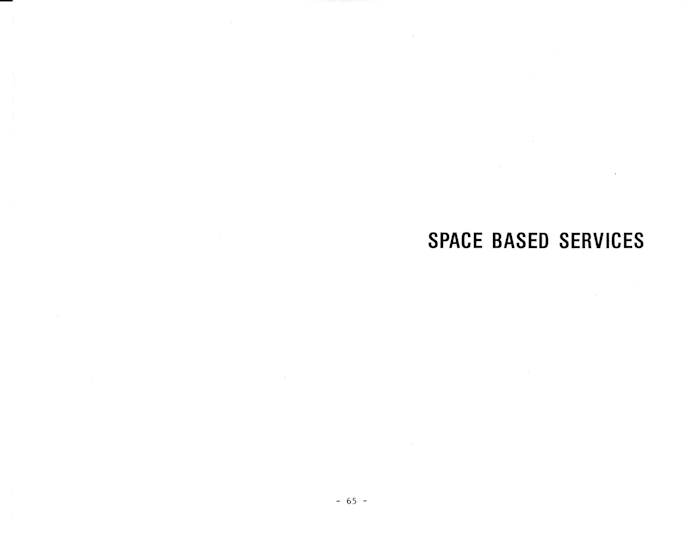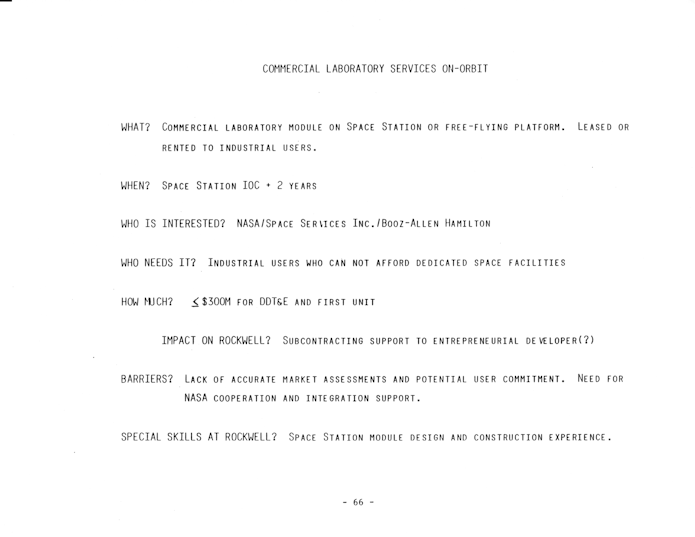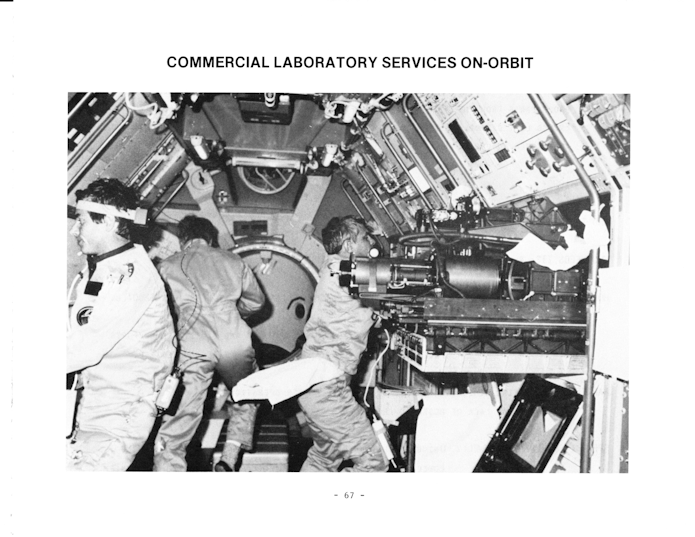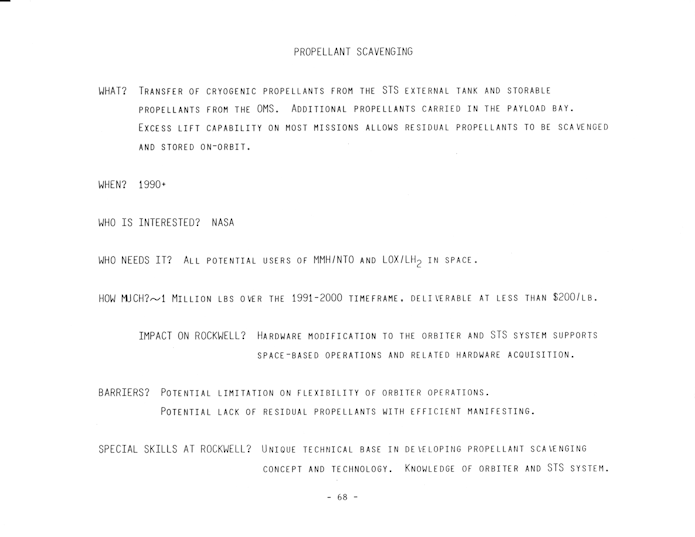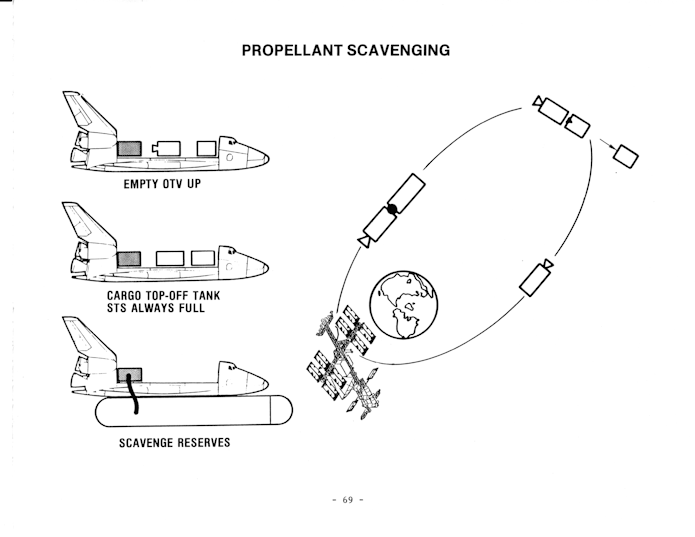As hinted at here and there, I’ve recently moved from rural Utah to non-rural elsewhere. One of the benefits of the move was that it put me a LOT closer to large format scanning services. Previously getting a large blueprint scanned meant several hours on the road and then a return several days later to pick it up; now the drive is a matter of a few minutes. Consequently, my rather extensive backlog of large format aerospace art and diagrams is finally getting scanned in bulk.
Behold some recent results, mostly involving early Titan III, Saturn and Dyna Soar studies:
Some of these will end up in the monthly “catalogs” for the APR patrons to vote on… and some will end up as “extras” for patrons, particularly for above $10-level patrons. If these sort of images are of interest, or if you are interested in helping to fund the preservation of this sort of thing, please consider becoming a patron, either through the APR Patreon or the Monthly Historical Document Program.
Additionally: if you have large format diagrams that you feel are of aerospace historical interest, let me know. I’m always in the market to buy, rent, borrow such things.
